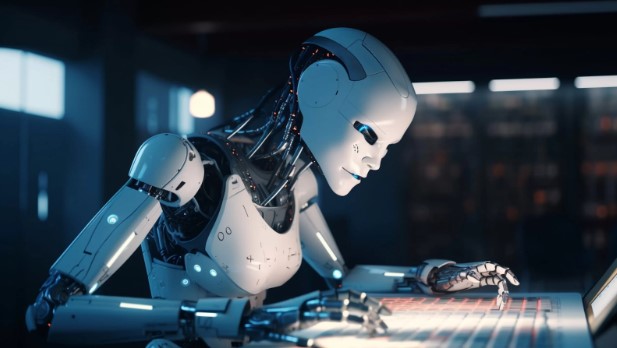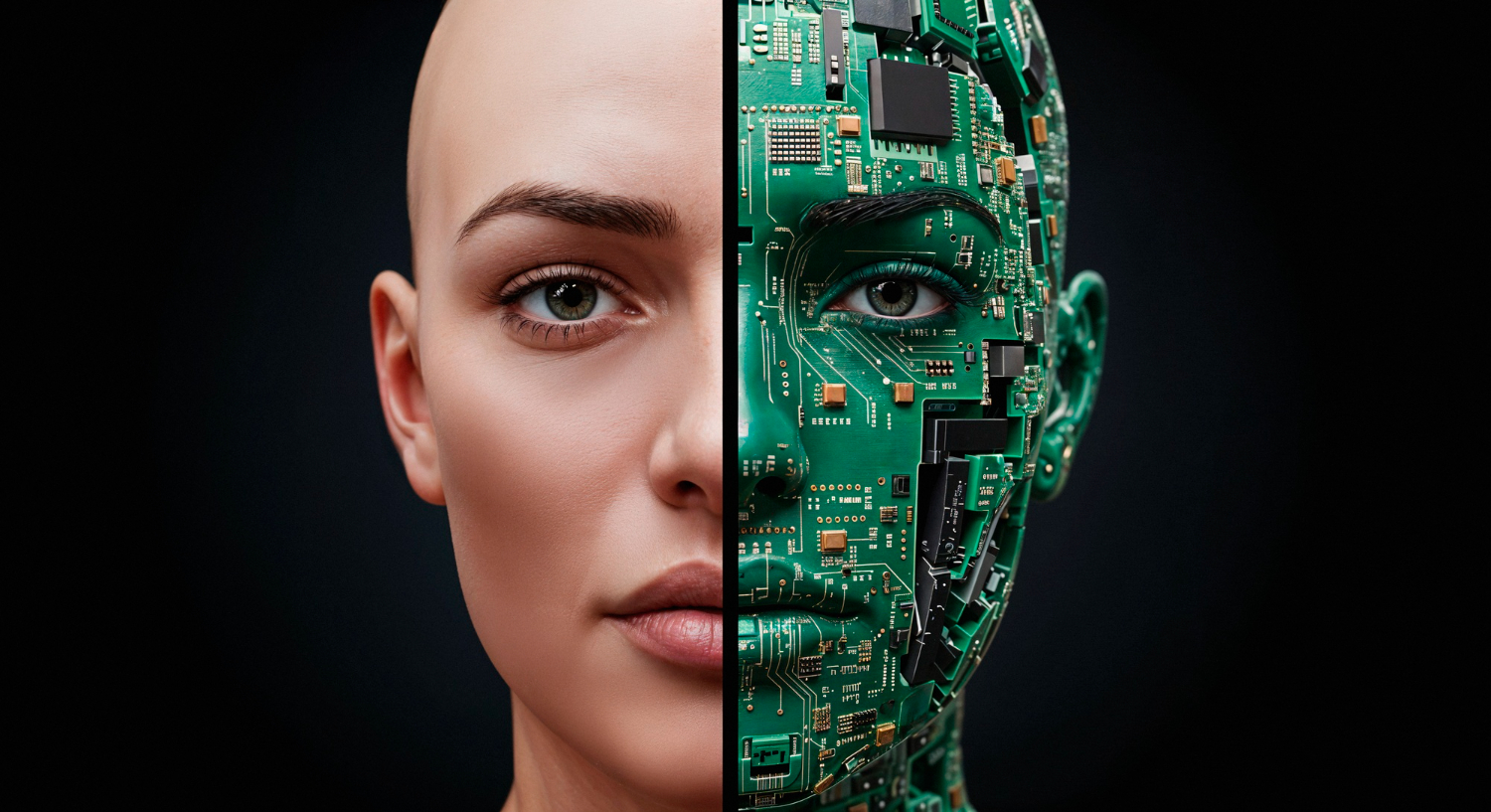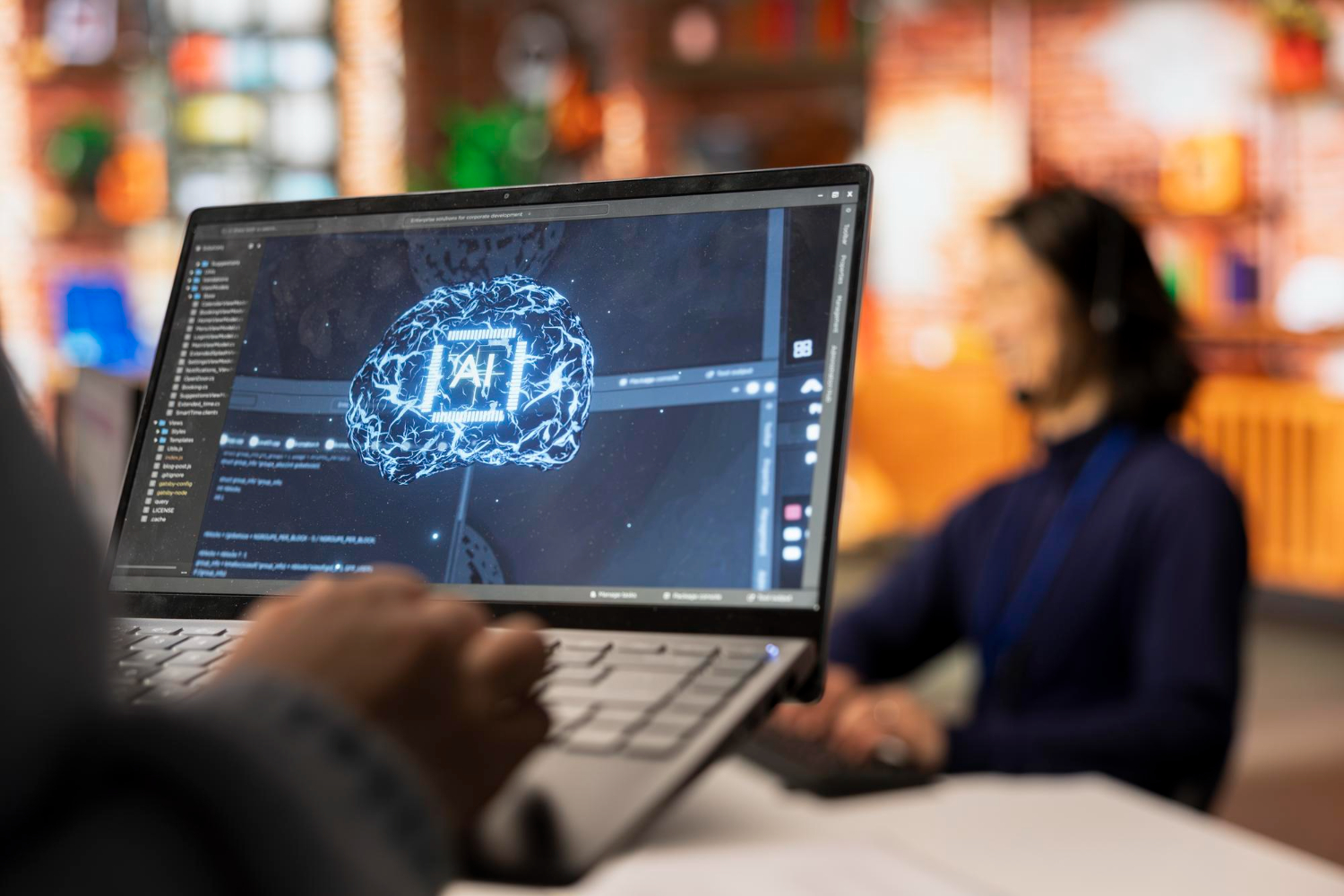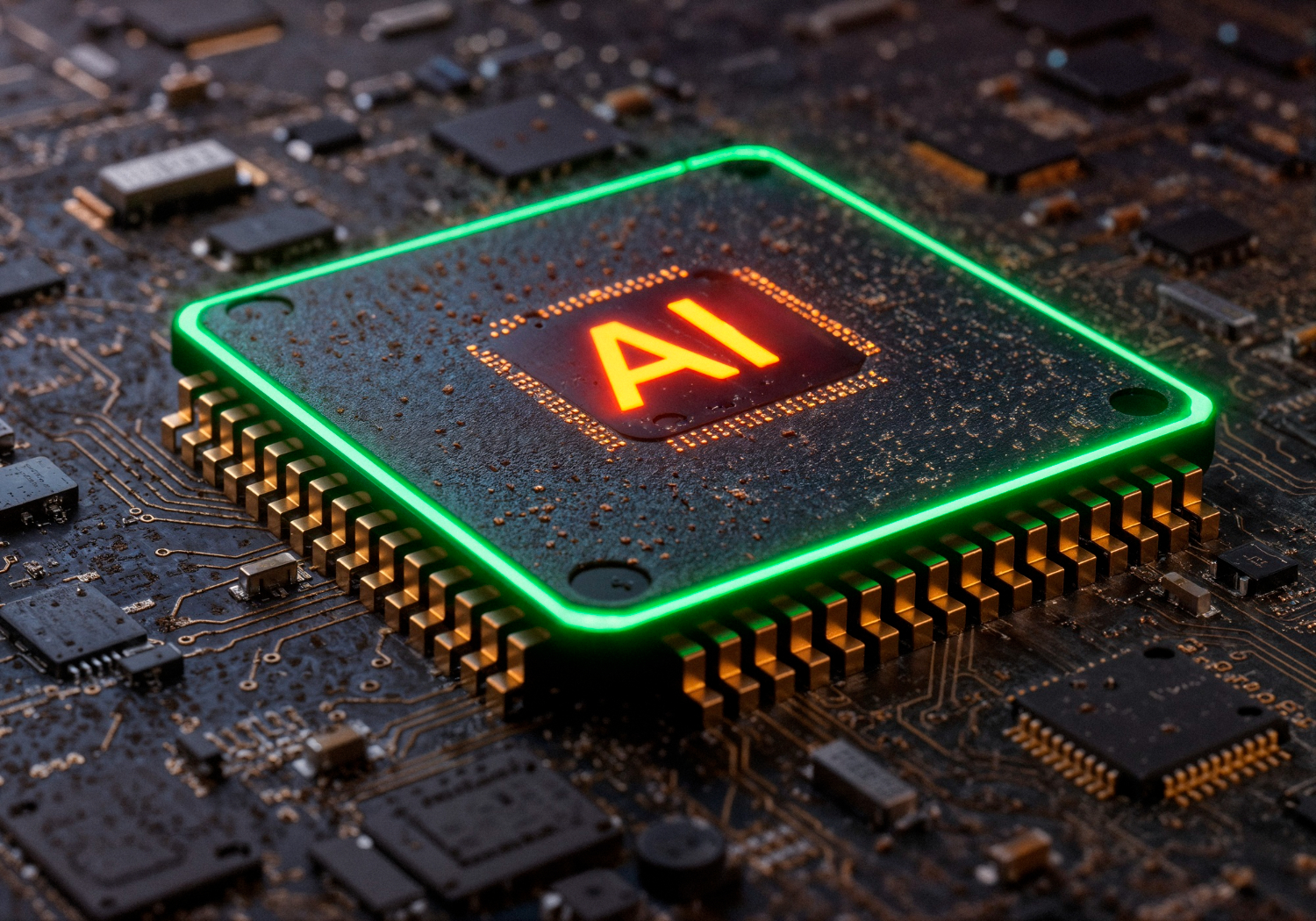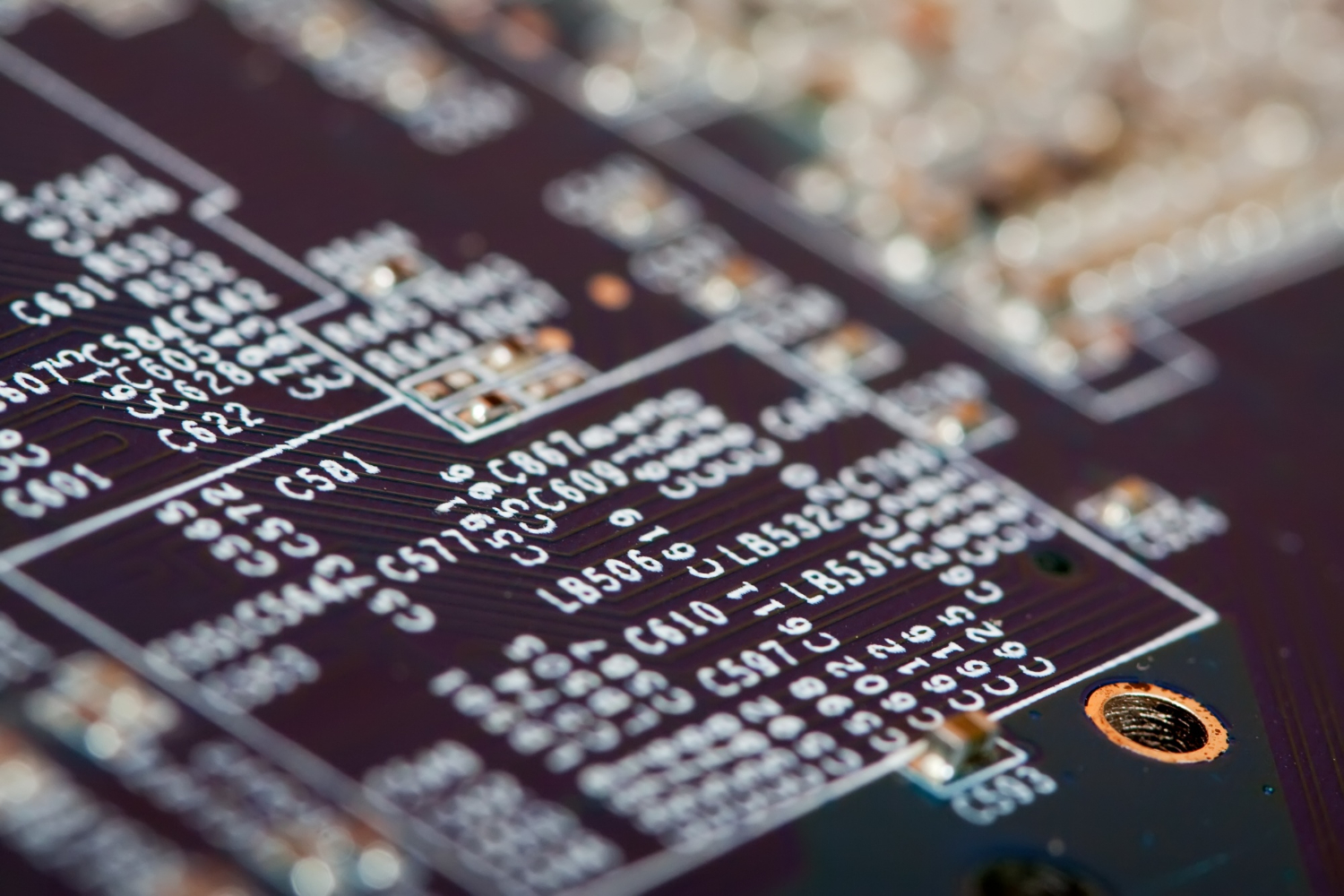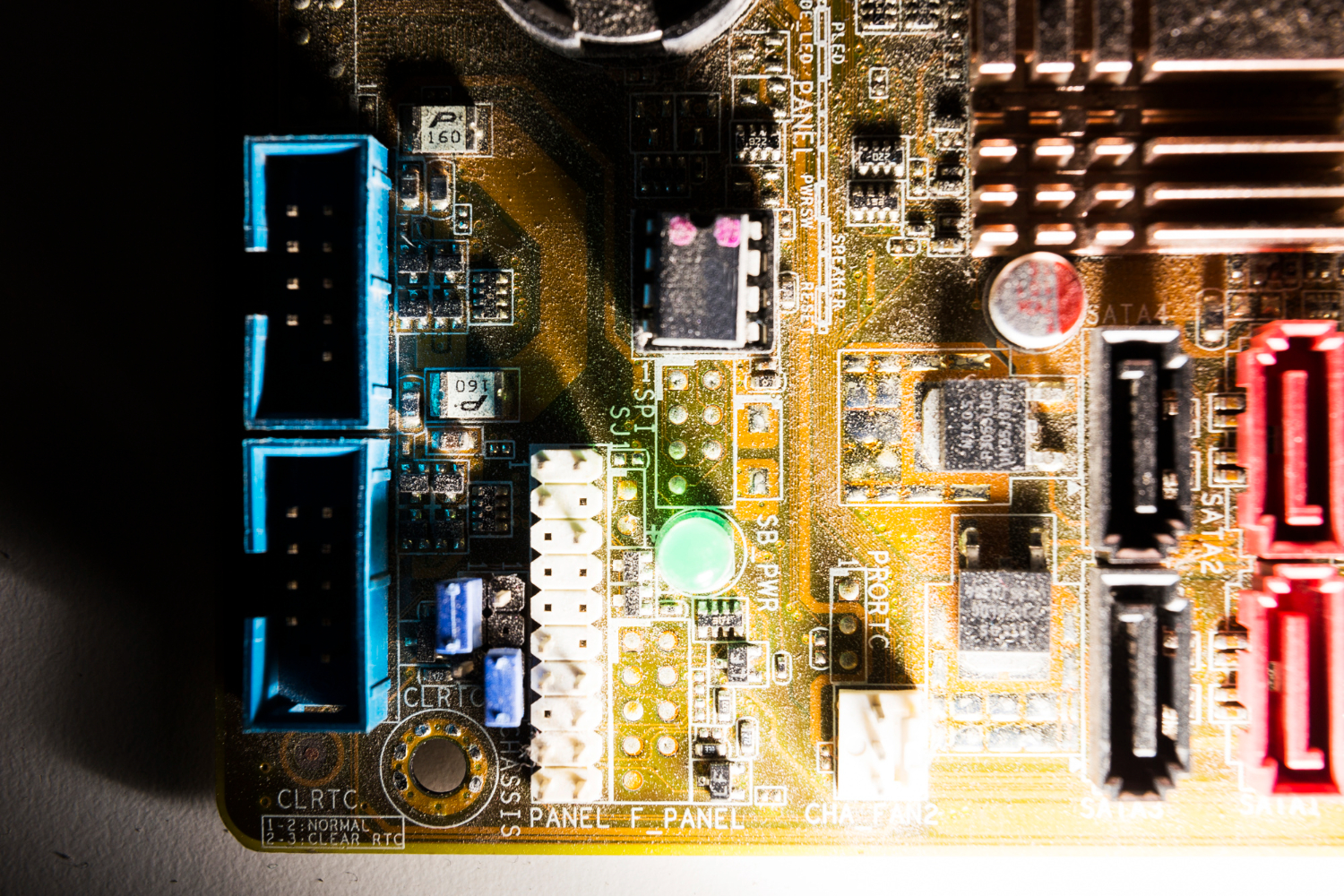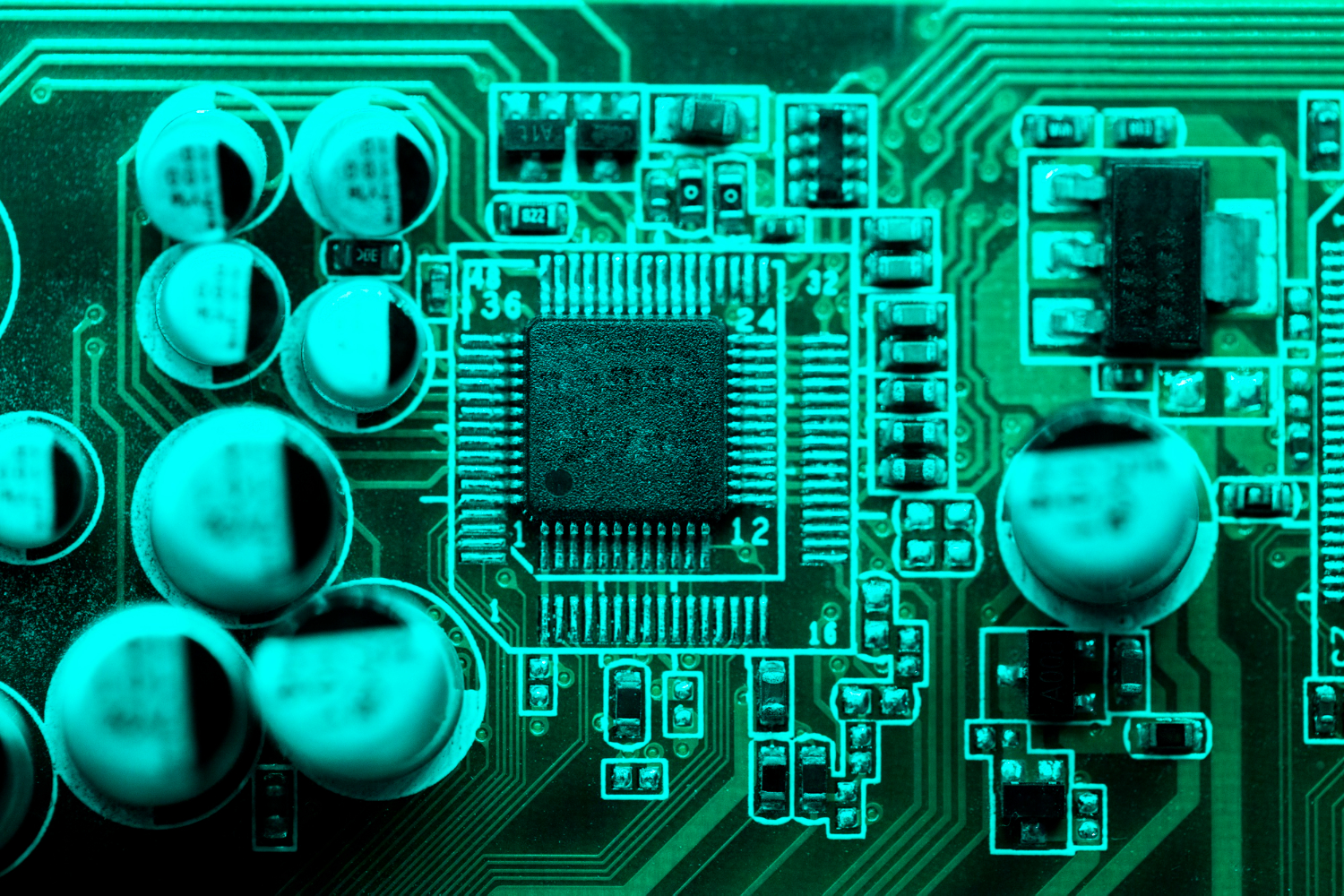In an era where there is a lot of uncertainty surrounding Artificial Intelligence (AI) ability to eliminate human roles, the light that was shed by the Massachusetts Institute of Technology (MIT) in its latest report offers a breath of fresh air. Led by a group of researchers from MIT Computer Science and Artificial Intelligence Laboratory (CSAIL), MIT Sloan School of Management (Sloan), The Productivity Institute and IBM’s Institute for Business Value (IBV), the study explores how Automation using AI can be economically viable, especially on computer vision tasks.
In contrast to widespread fears, the study shows that just about 23% of visual-dominated wages are in today’s economic model, feasible for AI automation. This undermines the current popular belief of speedy AI displacement in jobs and raises instead a slow downward integration process across fields.
This research stands out due to its rigorous and technical performance; it also looks at the economic logic of deploying AI systems. The results suggest that there might be a move towards AI-as-a-service platforms and democratising access to AI technologies while creating new business models.
MIT’s study has just started an important conversation about the potential future of work, technology and even competition for many economic landscapes in a world that is trying to navigate through AI.
Credits: Rachel Gordon, Massachusetts Institute of Technology
Image credit: EvelynLearning

